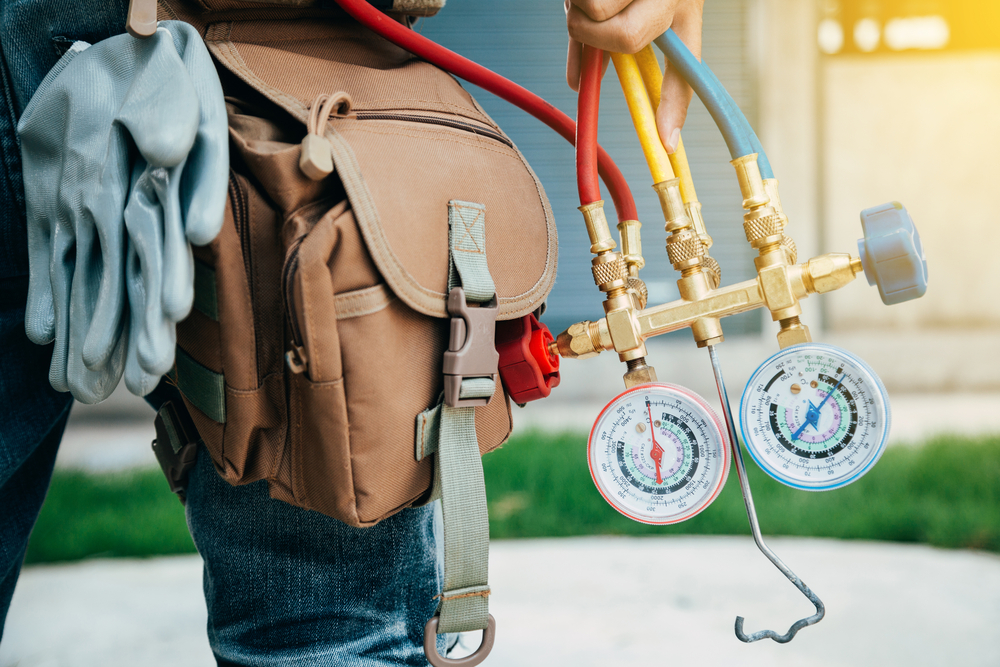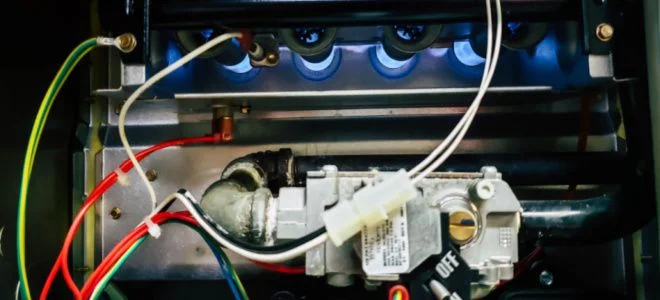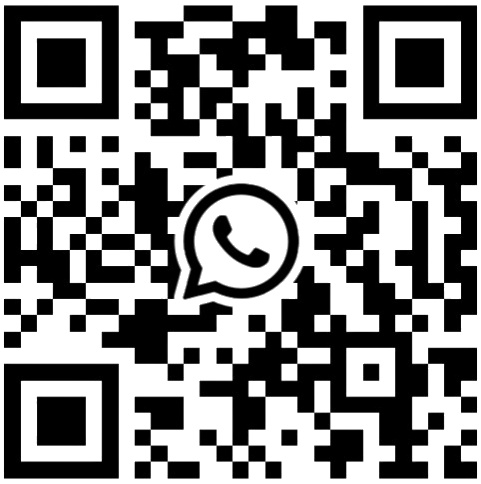
Hvac Error Codes
What’s in the article?
Mitsubishi 4-Digit Error Codes
Mitsubishi AC Error Codes
Mitsubishi Mr. Slim-A Control Error Codes
Mitsubishi Mr. Slim Error Codes

Air conditioner manufacturers, including Mitsubishi, often include error codes in their manuals for user reference. If you no longer have the manual for your unit, check our list below for the list of Mitsubishi error codes by unit model. Mitsubishi Error Code Lookup
Mitsubishi 4-Digit Error Codes
| Error Code Number | Air Conditioner Fault Description |
|---|---|
| 0403 | Serial communication error |
| 0900 | Test run |
| 1102 | Discharge temperature fault |
| 1301 | Low pressure fault |
| 1302 | High pressure fault |
| 1500 | Refrigerant overcharge |
| 2500 | Drain sensor submergence |
| 2502 | Drain pump fault |
| 2503 | Drain sensor fault |
| 2600 | Water leak |
| 4102 | Open phase |
| 4106 | Transmission power supply fault |
| 4115 | Power supply signal sync error |
| 4116 | RPM error/Motor error |
| 4220 | Abnormal bus voltage |
| 4225 | Low bus voltage |
| 4230/4260 | Heatsink overheat protection activated |
| 4240 | Overload protection activated |
| 4250 | Overcurrent protection activated |
| 4255 | Outdoor unit fan error |
| 5101 | Temperature sensor fault |
| 5102 | Return air thermistor fault |
| 5110 | Outdoor unit inverter heatsink thermistor error |
| 5201 | Pressure sensor fault |
| 5301 | Current sensor fault |
| 5701 | Loose float switch |
| 6201 | Remote controller issue |
| 6600 | Address overlap |
| 6601 | Polarity setting error |
| 6602 | Transmission processor hardware error |
| 6603 | Transmission line busy |
| 6606 | Communication fault |
| 6607 | No ACK |
| 6608 | No response |
| 6831/6834 | MA controller signal reception error |
| 6832/6833 | MA controller comms fault |
| 7100 | Total capacity error |
| 7101 | Capacity code setting error |
| 7102 | Wrong number of connected units |
| 7105 | Address setting error |
| 7106 | Attribute setting error |
| 7110 | Signal transmission error |
| 7111 | Remote controller sensor fault |
| 7113 | Function setting error |
| 7117 | Model setting error |
| 7130 | Incompatible unit combination |
Mitsubishi Electric Air Conditioner Error Codes
| Error Code Number and Letter | Air Conditioner Fault Description |
|---|---|
| P1 | Intake sensor error |
| P2 P9 | Pipe (Liquid or 2-phase pipe) sensor error |
| E6 E7 | Indoor/outdoor unit communication error |
| P4 | Drain sensor error |
| P5 | Drain pump error |
| PA | Forced compressor error |
| P6 | Freezing/Overheating safeguard operation |
| EE | Communication error between indoor and outdoor units |
| P8 | Pipe temperature error |
| E4 | Remote controller signal receiving error |
| Fb | Indoor unit control system error (memory error, etc.) |
| E0 E3 | Remote controller transmission error |
| E1 E2 | Remote controller control board error |
| E9 | Indoor/outdoor unit communication error (Transmitting error) (Outdoor unit) |
| UP | Compressor overcurrent interruption |
| U3, U4 | Open/short of outdoor unit thermistors |
| UF | Compressor overcurrent interruption (When compressor locked) |
| U2 | Abnormal high discharging temperature/49C worked/insufficient refrigerant |
| U1 Ud | Abnormal high pressure (63H worked)/Overheating safeguard operation |
| U5 | Abnormal temperature of heat sink |
| U6 | Compressor overcurrent interruption/Abnormal of power module |
| U7 | Abnormality of superheat due to low discharge temperature |
| U8 | Outdoor unit fan safeguard stop |
| U9 | UH Abnormality such as overvoltage or voltage shortage and abnormal synchronous signal to the main circuit/ Current sensor error. |
Mitsubishi Mr. Slim-A Control Error Codes
- A0: Duplicate address; Lossnay units attached using the same address
- A2: Hardware error transmission processor
- A3: No data transmission for 8 minutes due to busy line
- A6: Communication error with processor; Lossnay address not being transmitted
- A7: No ACK signal
- A8: No M-Net response
- E0: Remote control transmission error (signal receiving error)
- E0-E5: Signal error between remote control and indoor units
- E1: Remote control communication issue
- E2: Remote control transmission error
- E3: Remote control transmission error (transmitting error)
- E3/E5: Remote control communication/receiving error
- E4: Remote control transmission error (signal receiving error)
- E5: Remote control transmission error (transmitting error)
- E6: Indoor and outdoor unit communication error
- E6-EF: Communication error between indoor and outdoor units
- E7: Indoor and outdoor unit communication error
- E8: Indoor and outdoor unit communication error
- E9: Indoor and outdoor unit communication error
- EA: Miswiring of indoor/outdoor unit (Exceeded the number of indoor unit connections)
- EB: Miswiring of indoor/outdoor unit (Miswiring disconnection)
- EC: Start-up time over
- ED: Serial communication error between boards on outdoor unit due to incorrectly fitted M-Net interface board
- EF: M-NET transmission error
- Ed: Serial transmission error
- F1: Reverse phase detection
- F1-FA: Outdoor unit error
- F2: L3 open phase detection
- F3: 63L connector open
- F4: 49C connector open
- F5: 63H connector open
- F7: Reverse phase detection circuit (P.C. board) fault
- F8: Input circuit fault
- F9: Connector 2 or more open
- FA: L2-phased open phase or 51CM connector open
- LED E0: Diagnosis of malfunction Transmitting / Receiving signal error
- LED Flash: Check code display
- LED LD1: LED ON Compressor directive / LED Flash Reverse phase detect
- LED LD2: LED ON Heating directive / LED Flash Open phase detect
- LED LD3: LED ON During 63H1 operation / LED Flash Pipe sensor short/open
- LED LD4: LED ON Compressor ON / LED Flash High pressure switch (63H2) operation
- LED LD5: LED ON Outdoor fan ON / LED Flash Over current relay (51CM) operation
- LED LD6: LED ON 4-way valve ON / LED Flash Thermal switch (26C) operation
- LED LD7: LED ON Bypass valve ON / LED Flash Thermistor (TH3) overheat protection
- LED LD8: LED ON Crankcase heater ON / LED Flash Defective input
- LED ON: Operation status
- LED P1: Intake air sensor abnormal
- LED P2: Pipe sensor abnormal
- LED P3: System error (transmitting/receiving signal)
- LED P4: Drain sensor abnormal
- LED P5: Malfunctioning of the drain overflow protecting mechanism
- LED P6: Abnormality of the coil frost / overheating protection mode
- LED P7: System error (address)
- LED P8: Outdoor unit malfunction
Mr.Slim K-control: PUH-EK Outdoor unit
- P1: Abnormality of room temperature thermistor (TH1)
- P2: Abnormality of pipe temperature thermistor/liquid (TH2)
- P4: Abnormality of drain sensor (DS)
- P5: Malfunction of drain-up machine
- P6: Freezing/overheating protection detect
- P8: Abnormality of pipe temperature
- P9: Abnormality of pipe temperature thermistor/condenser/evaporator (TH5)
- U0-UP: Outdoor unit error
- U1: Direct cut operation
- U2: Inner thermostat (49C) operation
- U3: Discharge thermistor short/open
- U4: Outdoor thermistor short/open
- U5: Inverter heat sink overheating
- U6: Compressor over current
- U7: Low discharge superheat (TH4)
- UA: Compressor overcurrent (terminal relay operation)
- UE: High pressure error (ball valve closed)
- UF: Compressor overcurrent (operating locked) cut off
- UH: Current sensor error
- UL: Abnormal low pressure
- Ud: Overheat protection
Mitsubishi Mr. Slim Error Codes (Membrane Type Remote Controllers)
| Check code | Diagnosis of malfunction | Cause | Check points |
| EO | Signal transmitting/receiving error (Indoor controller does not respond to remote controller signal.) | During individual unit control 1) Bad contact of transmission wire 2) Signal transmitting/receiving cir- cuit is abnormal. | 1) Check the transmission wire. 2) Check with another remote controller. If “EO” is still indicated, replace the indoor controller board. If other check code appears. replace the origi-nal remote controller. |
| P1 P2 | Abnormality of room temper- ature thermistor (RT1) Abnormality of indoor coil thermistor (RT2) | 1) Bad contact of thermistor 2) Damaged thermistor | 1) Check the thermistor. 2) Measure the resistance of the thermistor. Normal resistance should be as follows. 32°F····15kΩ 86°F·····4.3kΩ 50°F······9.6kΩ104°F·····3.0kΩ 68°F······6.3kΩ If the resistance is normal, replace the indoor controller board. |
| P3 | Signal transmission error (Remote controller does not respond to indoor controller signal.) | 1) Bad contact of transmission wire 2) Signal transmitting/receiving cir- cuit is abnormal. 3) Wrong operation due to noise wave emitted by other appli- ances | 1) Check the transmission wire. 2) Check with another remote controller. If “P3” is still indicated, replace the indoor board. If other check code appears, replace the origi- nal remote controller. 3) Short-circuit between ¬ and Á of CN40 and attach CN40 to the following units. l Second unit in twin control l Second and third units in triple control l Sub units in group control |
| P4 | Abnormality of drain sensor | 1) Bad contact of transmission wire 2) Damaged thermistor | 1) Check the connector. 2) Measure the resistance of the thermistor à – Ä. As for the normal resistance, refer to the case of P1. If the resistance is normal, replace the indoor con- troller board. |
| P5 | Malfunction of drain pump | 1) Malfunction of drain pump 2) Damaged drain sensor | 1) Check the indoor/outdoor connecting wire. 2) Change the connection of electric wiring. 3) Check the protection device. 4) Measure the resistance of the outdoor coil ther- mistor. If the resistance is normal, replace the outdoor controller board. |
| P6 | Coil frost protection is work- ing. | 1) Short cycle of air cycle 2) Dirty air filter 3) Damaged fan 4) Abnormal refrigerant | 1) Clear obstructions from the air cycle. 2) Clean the air filter 3) Check the fan. 4) Check the refrigerant temperature. |
| P7 | System error | 1) Wrong address-setting 2) Signal transmitting/receiving cir- cuit of remote controller is abnormal. 3) Wrong SW6-setting | 1) Check the address-setting. 2) Check with another remote controller. If check code other than “P7” appears, replace the origi- nal remote controller. 3) Check SW6 setting. |
| P8 | Abnormality in outdoor unit | 1) Wrong wiring of indoor/outdoor connecting wire 2) Reversed phase 3) Protection device is working 4) Damaged outdoor coil thermis- tor | 1) Check the indoor/outdoor connecting wire. 2) Change the connection of electric wiring. 3) Check the protection device. 4) Measure the resistance of the outdoor coil ther- mistor. If the resistance is normal, replace the outdoor controller board. |

JK HVAC We install, repair and service all brands of air conditioners! Including air conditioner cleaning, dryer vent cleaning, furnace repair.
📍 Serving all of New York City: Manhattan, Brooklyn, Staten Island, Queens…






